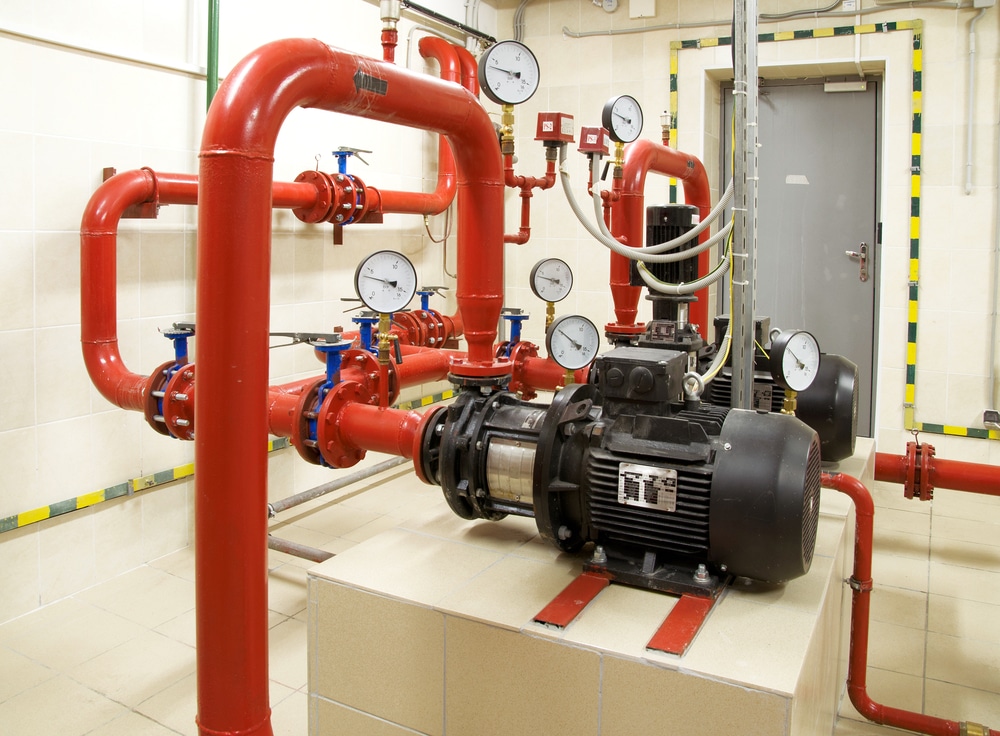
When it comes to fire suppression equipment like sprinkler systems and water supply pipes for fire hydrants, choosing the right steel is crucial.
Not only do you need to have pipes with the right volume to carry sufficient water, gas, or other firefighting substance, but they must be strong enough to withstand corrosion, high temperatures, and high pressure.
The properties of steel make it an excellent choice for use in your fire suppression systems. In this article, we’ll look at the standards that govern fire protection pipes, as well as the several applications for these pipes.
With the right steel pipe in your fire suppression system, you can rest assured that your system will properly function when you need it most.
Fire Protection Pipe Standards
Standards for fire protection pipes are governed by ASTM International, a standards organization that publishes technical requirements for a broad range of services and materials. Formerly known as the American Society for Testing and Materials, they develop and publish standards that have been widely agreed upon for various uses.
For fire protection pipes, there are three standards:
ASTM A53
The broadest standard for fire pipe, ASTM A53 pipes generally come in three thicknesses:
- Standard (Schedule 40)
- Extra strong (Schedule 80)
- Double extra strong (Schedule 160)
When it comes to pipe thickness, the lower the Schedule number, the thinner the pipe. ASTM A53 requires that Schedule 40 be used as a minimum for sprinkler systems, although there are no restrictions against using the heavier pipes.
ASTM A135
This standard covers electric resistance welded pipe. This fabrication process allows lines to have thinner walls while reducing the potential for corrosion. These pipes are required to be at least Schedule 10.
ASTM A795
ASTM A795 refers to pipes that can be used in sprinkler systems. The walls of these pipes are generally between Schedule 10 and Schedule 40.
All three of these pipe types must be either painted red or coated in a red polymer epoxy. They can also come in either black steel or hot-dipped galvanized, which helps reduce corrosion.
Applications for Rated Fire Suppression Pipes
In general, all three types of rated pipe are usable in several parts of a fire suppression system, including:
- Fire main pipe
- Fire pump pipe
- Fire standpipe
- Fire sprinkler branch pipe
When it comes to joining pipes, there are several options.
All pipe types can be welded together as long as a certified welder performs the work. Threading is another option, although this is typically restricted to Schedule 40 pipe unless specifically tested and approved by another standards organization, e.g., the National Fire Protection Association (NFPA) code 13.
Other joining options include rolled and cut grooves. While cut grooves are restricted to Schedule 40 and thicker, any pipe can be roll grooved. These connections allow lines to be sealed with an elastomeric gasket.
No matter what use, it’s important to ensure that you choose the right treatments to prevent corrosion and other factors from negatively impacting your fire suppression efforts. With these standards, you should be well on your way.











